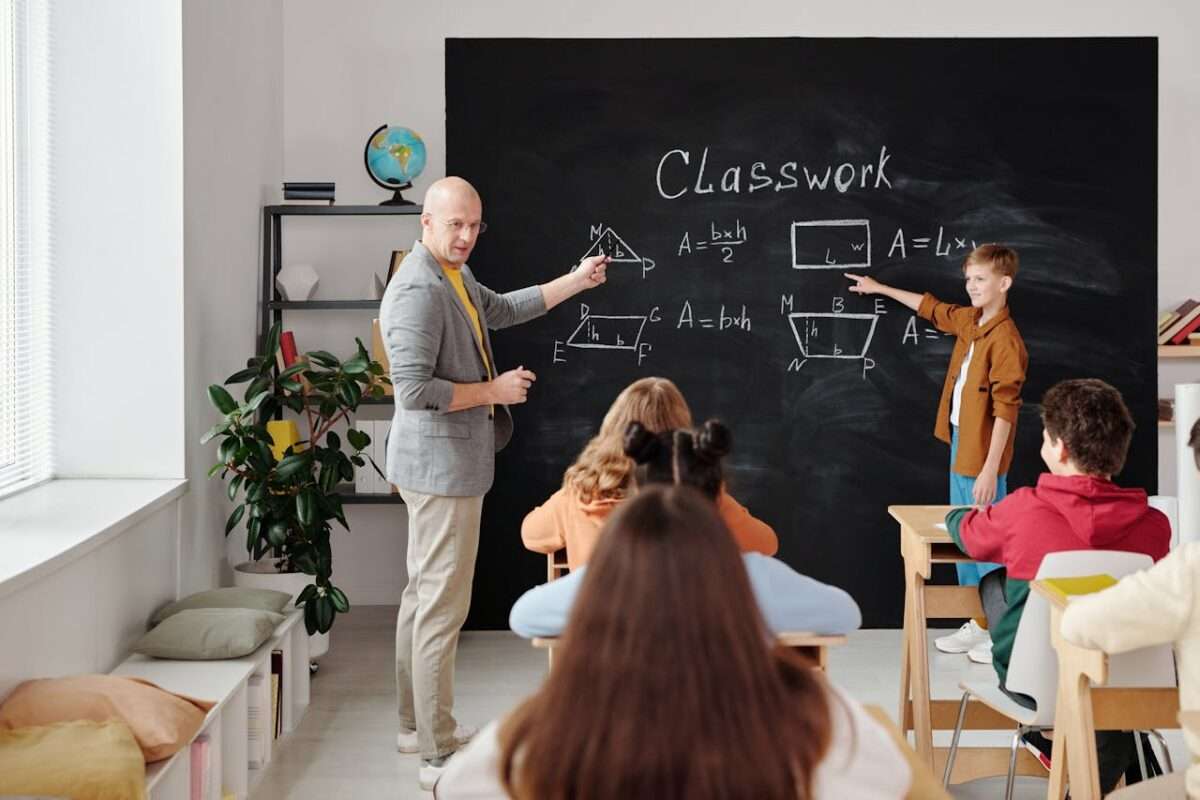In the busy world of education, it can be difficult to keep pupils interested in learning and remember new information. On the other hand, adding engaging classroom activities to your toolkit can significantly improve student retention and create a vibrant learning atmosphere. For students of all ages, there are many methods to make learning engaging and memorable, from interactive games to practical experiments.
Interactive Simulations
Through immersive, interactive simulations, students can investigate intricate ideas and situations in a hands-on manner. These simulations provide students with a hands-on experience that helps them comprehend and remember added information, whether they are emulating scientific experiments, investigating historical events via role-playing, or traversing a virtual environment. For instance, in a science lesson, you can replicate experiments using a virtual lab platform that could be difficult or impracticable to carry out in a conventional classroom. Interactive simulations facilitate active learning and critical thinking abilities by letting students change variables, see results, and make conclusions in real-time.
Collaborative Problem-Solving Challenges
Through activities that require students to work together to solve problems and solve complex puzzles, students are encouraged to work together in order to solve problems. These activities not only encourage students to work together, communicate with one another, and think critically, but they also give them an exciting and engaging way to put the material that they have just gained to use. You may, for instance, devise a task in the form of a “breakout” game, in which students are tasked with solving a series of puzzles and clues that are related to the topic at hand to discover a secret or solve a mystery. Students develop key collaboration skills that are required for success in school and beyond, in addition to improving their grasp of the subject matter, when they band together to overcome problems and achieve a common aim. Such abilities are critical for success in school and beyond.
Trying Games and Educational Challenges
Students can review and reinforce added information in a fun and engaging manner by participating in games and educational challenges. Whether it’s a quiz competition, puzzle game, or trivia match, these exercises encourage students to engage in their education while also having fun actively. For instance, you can design a crossword puzzle that includes important vocabulary phrases and ideas or set up a Jeopardy-style game where students compete to answer questions on previous teachings. Try Trivia Today games and educational challenges to keep students engaged and encourage healthy competition. This gamification of the learning process improves memory of the material and boosts academic performance.
Creative Storytelling Exercises
Using creative storytelling exercises, students can demonstrate their understanding of new ideas and concepts. Through the incorporation of tales and characters into their education, students can strengthen their ability to remember newly acquired knowledge and develop meaningful connections with the material covered in the course. For example, you can give students the task of writing short stories or creating multimedia presentations that include concepts and ideas connected to classroom instruction. The students are engaged on a personal level via these activities, which also encourage creativity and imagination, which in turn makes the learning process more enjoyable and boosts its overall quality.
Hands-On Experiments and Demonstrations
Through hands-on experiments and demonstrations, students are provided with concrete instances of abstract concepts, which makes the learning process more accessible and tangible. Students have the opportunity to get practical experience in applying theoretical ideas to real-world circumstances by participating in hands-on activities such as the creation of models, the conduct of chemical experiments, or the presentation of scientific demonstrations. As an illustration of the ideas of force and motion, you may, for instance, have students make and test fundamental machines in the physics lesson. Students are better able to comprehend and remember new knowledge when they are presented with hands-on experiments and demonstrations that appeal to their senses and provide opportunities for experiential learning.
Conclusion
Adding engaging classroom activities to your lesson plans is a great approach to increase students’ memory of newly learned material and create a vibrant learning environment. Various interactive simulations, cooperative problem-solving tasks, imaginative narrative activities, and practical experiments are all excellent ways to involve students and make learning enjoyable and unforgettable.

As the editor of the blog, She curate insightful content that sparks curiosity and fosters learning. With a passion for storytelling and a keen eye for detail, she strive to bring diverse perspectives and engaging narratives to readers, ensuring every piece informs, inspires, and enriches.










